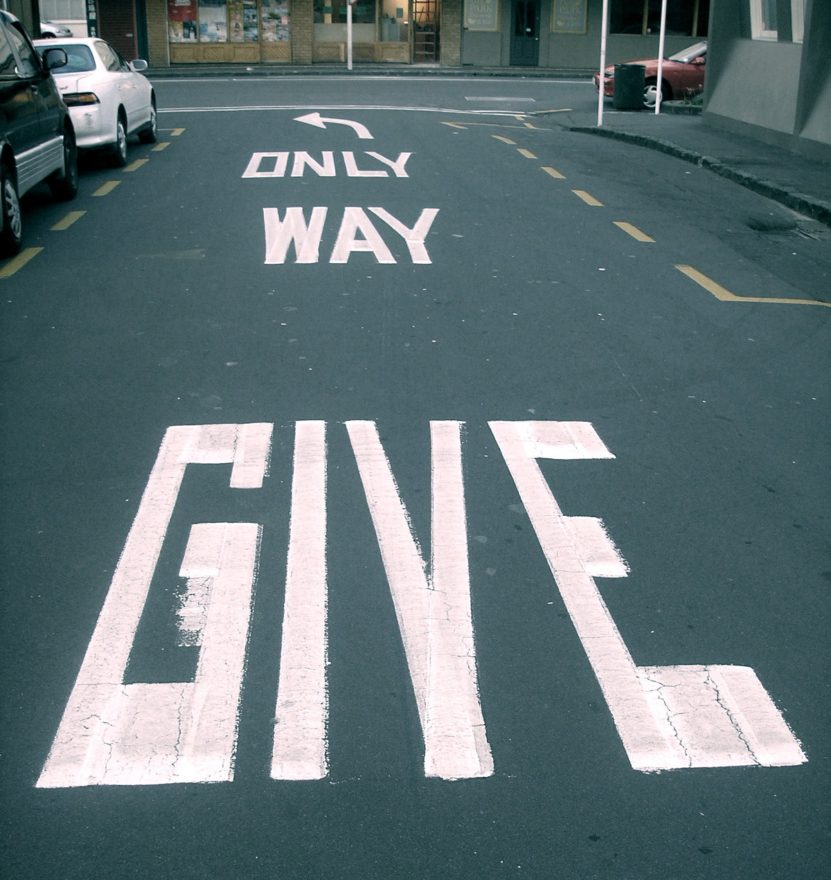Starting in 2018, it is going to be much more difficult to deduct your Charitable Donations. That’s because the standard deduction will rise from $6,350 (single) and $12,700 (married) in 2017 to $12,000 and $24,000 in 2018. You will need to exceed this much higher threshold to deduct your charitable gifts.
It will be even more difficult to reach those levels because the Tax Cuts and Jobs Act (TCJA) is also capping your state and local taxes (property, income, and sales) to $10,000. And they completely eliminated your ability to deduct “miscellaneous” expenses including unreimbursed employee expenses, home office expenses, tax preparation, and investment advisory fees.
Let’s take a look at a hypothetical scenario for a married couple:
In 2017, a typical year, let’s say you have $12,000 in local taxes, $4,000 in mortgage interest, $10,000 in charitable donations, $5,000 in unreimbursed employee expenses, and $6,000 in investment and tax preparation fees. (Let’s assume these miscellaneous amounts are the amounts above the 2% of AGI threshold.) Your total itemized tax deduction would be $37,000 for 2017. That’s well above the standard deduction of $12,700.
In 2018, you spend exactly the same amounts. However, under the TCJA, your local tax deduction is capped at $10,000. You keep the mortgage interest deduction of $4,000 and the $10,000 in charitable donations. The $5,000 in unreimbursed employee expenses and the $6,000 in investment and tax preparation fees are both disregarded. Your new tax deduction would be $24,000.
$24,000 is also the amount of the standard deduction for a married couple, so you are in effect getting no tax benefit for any of your spending, relative to someone who had ZERO local taxes, mortgage interest, or charitable donations. That doesn’t sound like a very good deal to me. The IRS expects that the number of taxpayers who itemize will fall from around 33% to 10%.
That poses a problem for charitable giving, because many people will in effect no longer be able to get any tax benefit at all. For people who do regularly give, it’s discouraging. Nonprofit organizations worry that this might reduce how much people are able to give.
We can help you potentially get more of a tax deduction if you can plan ahead for your charitable giving. Here’s how: by using a Donor Advised Fund (DAF). A DAF is a non-profit entity which will hold an account for you, to give grants to charities of your choosing when you instruct them. When you make a deposit into a DAF, you receive a tax deduction that year, even if the funds are not distributed until later years.
Let’s go back to our original scenario and imagine that you plan to give $10,000 a year to charity for the next five years.
Original scenario: You have $24,000 in total deductions each year, same as the standard deduction. Total over 5 years: $120,000, same as every other married couple.
Scenario Two, with a DAF: In year one, you make a $50,000 donation to the Donor Advised Fund and then give out $10,000 a year to your charities as planned. Your total itemized deduction in year one is $64,000. In the following years, you only have $14,000 in itemized deductions, so elect to take the standard deduction of $24,000 (years 2-5). Total over 5 years: $160,000. That’s $40,000 more than the first scenario, even though you still donated the same $10,000 a year to charity. If you are in the 33% tax bracket, you’d save $13,200 in taxes by establishing a DAF in this example.
With a DAF, your gift is irrevocable, however, you can change which charities receive the money and when. Or you can leave the money in the account to invest and grow for later. If you pass away, the DAF is excluded from your taxable estate, and you designate successors such as your spouse or children, who can decide on when and how to distribute money to charities.
If you risk losing your ability to deduct your charitable donations under the TCJA, let’s talk more about the Donor Advised Fund and how it might work in your situation. You can also gift appreciated securities, such as stock or mutual funds, to the DAF and not have to pay capital gains tax on those assets when you fund the DAF. That can give you a double tax benefit.
As your Financial Advisor, I can help you establish a Donor Advised Fund that will be held at our custodian, TD Ameritrade, using the Renaissance Charitable Foundation. This means your account will still be held with your other accounts and professionally managed to your objectives. While a DAF is clearly more cost effective than establishing a Private Foundation with under $1 million in assets, even many ultra-wealthy families find that a DAF can accomplish their philanthropic goals with less expense, compliance headaches, and time commitment.
One other option to get a tax benefit on your charitable donations: If you are over age 70 1/2, you can make a charitable donation directly from your IRA in place of your Required Minimum Distribution. See my previous article on the Qualified Charitable Distribution. The QCD reduces your above-the-line income, so you do not have to itemize to receive a tax benefit for your donation.
Charitable giving is near and dear to our hearts at Good Life Wealth Management. We donate 10% of our gross profits annually to charity and will continue to do so as we grow. Charitable giving is never just about the tax deduction, of course. But if we can stretch those dollars further, we have an opportunity to make an even bigger impact with the donations we make.





